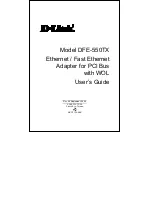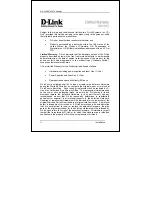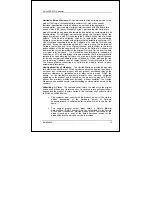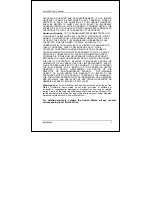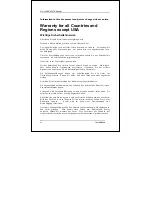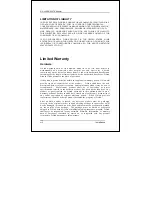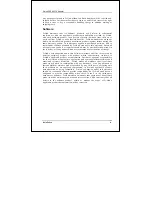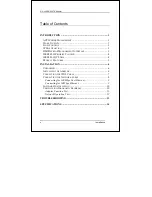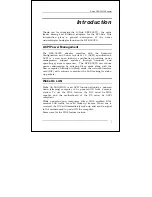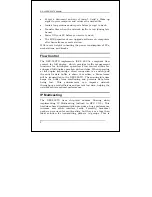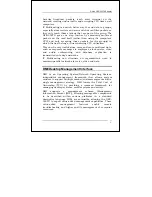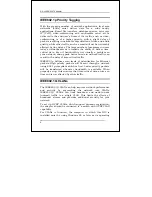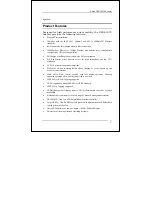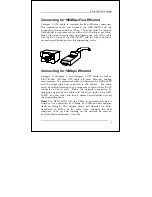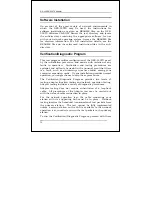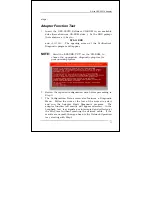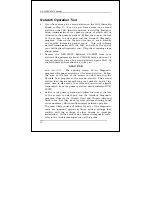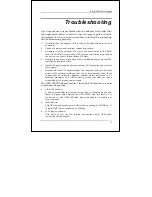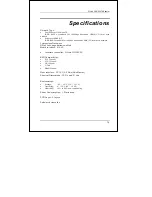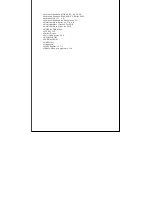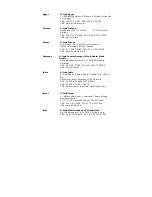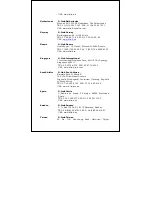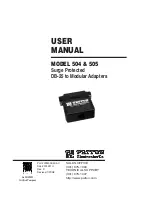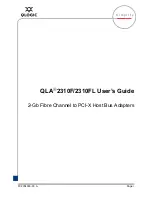
D-Link DFE-550TX Adapter
4
IEEE802.1p Priority Tagging
With the growing number of network applications, local area
networks (LANs) must deliver data for a wide variety
applications. Email, file transfers, database queries, voice over
IP (VoIP), video-conferencing and multimedia must all be
delivered to the end-user’s. Some of the traffic, such as video-
conferencing, is of a higher priority, with a slight delay of
packets resulting in noticeable degeneration of video and audio
quality, while other traffic, such as email will not be noticeably
affected by tiny delays. The large number of programs run over
today’s networks serves to impede the ability to deliver time-
critical data. Even if bandwidth is not usually a problem on
your network, during peak hours bursts in network traffic can
result in the delay of time-critical traffic.
IEEE802.1p defines seven levels of prioritization for Ethernet
packets. High priority packets will be sent through a network
using 802.1p-compliant switches first. Lower priority packets
will be transferred whenever bandwidth is available. When
properly setup, this ensures that time-critical data arrives on
time and is not affected by other traffic.
IEEE802.1Q VLANs
The IEEE802.1Q VLAN can help improve network performance
and security by segmenting the network into VLANs.
IEEE802.1Q VLANs can limit broadcast and node-to-node
(unicast) traffic to a single VLAN. This limits the effects of
broadcast storms and provides additional security for your
network.
To set up GVRP VLANs, which support dynamic registration,
the adapter should be connected to a switch with GVRP VLAN
capability.
For VLANs to function, the computer in which this NIC is
installed must be using Windows 95 or later as its operating
Содержание DFE-550TX
Страница 34: ......

